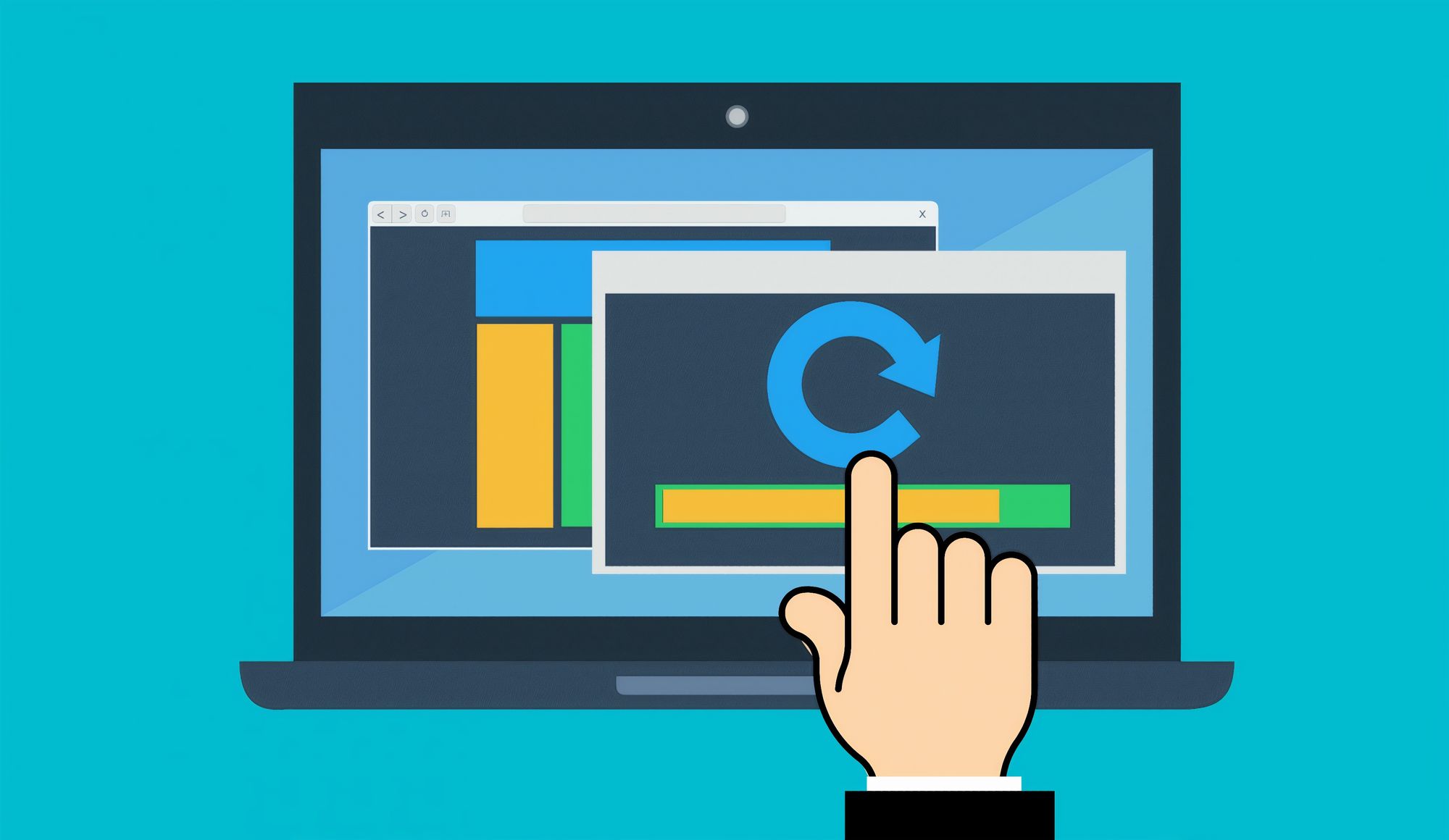May has been a month of hard questions. Simultaneously, we've been harder at work.
We're getting used to the new normal of doing things, while asking ourselves questions like what a fully remote, online work community really means.
Here are the release notes for May 2020:
- Custom Filters For Assets
Make assets as pretty as your Instagram posts.
New color presets and options have been added for stickerize, background removal, and overlay. The filters can be clubbed as you need to get that perfect creative. And this entire process can be done in the asset editor. Simply click “edit” on any asset to find these options.
Don’t like an edit? Simply press “Cmd + Z” to undo. We got you.
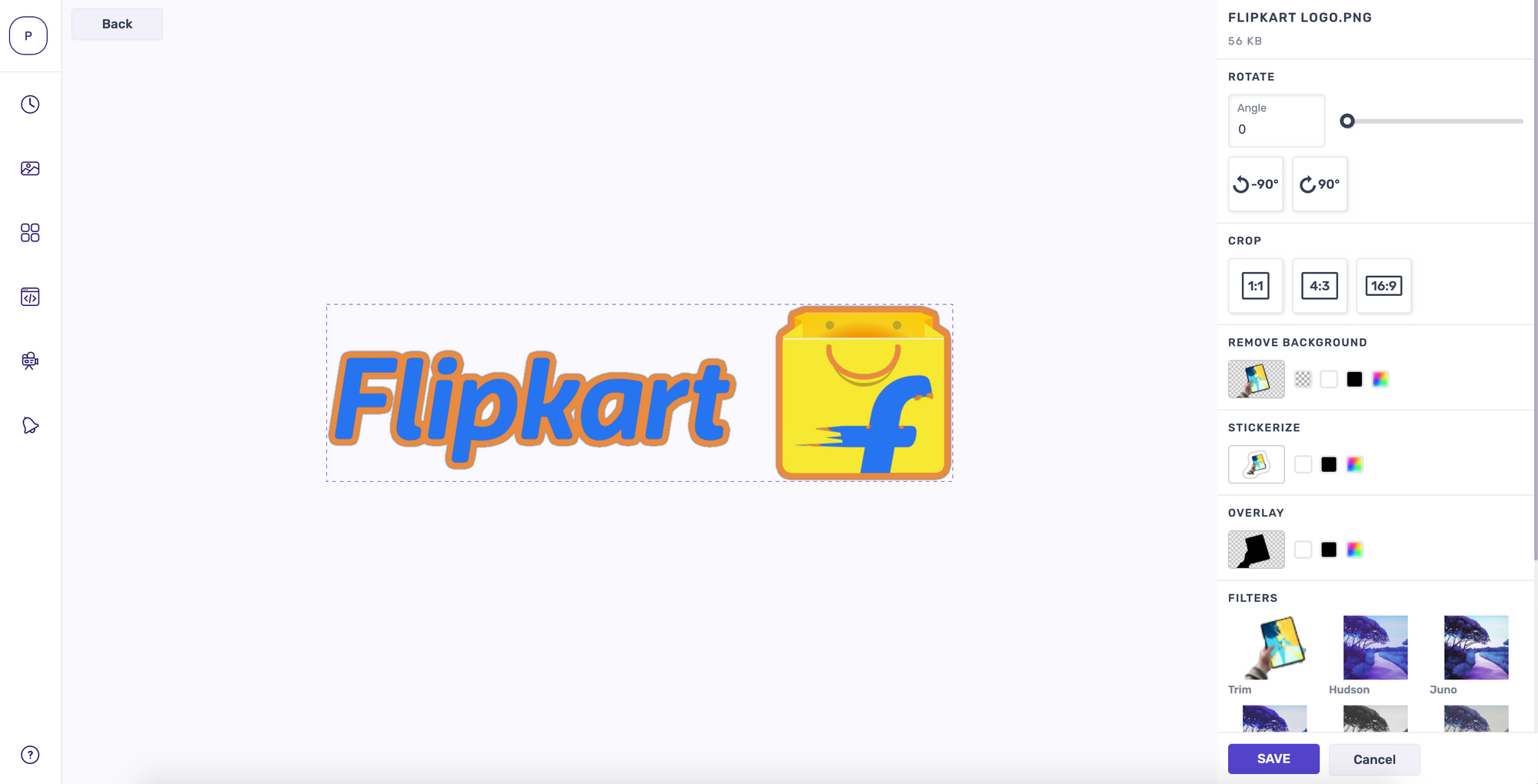
2. Improved background removal for images
N95 for those pesky backgrounds.
For images with trimmed backgrounds and padding, removal has ineffective in some cases. We have now improved this feature to catch and filter even the smallest of backgrounds and other design pollutants. There are no quarantines in your design universe.
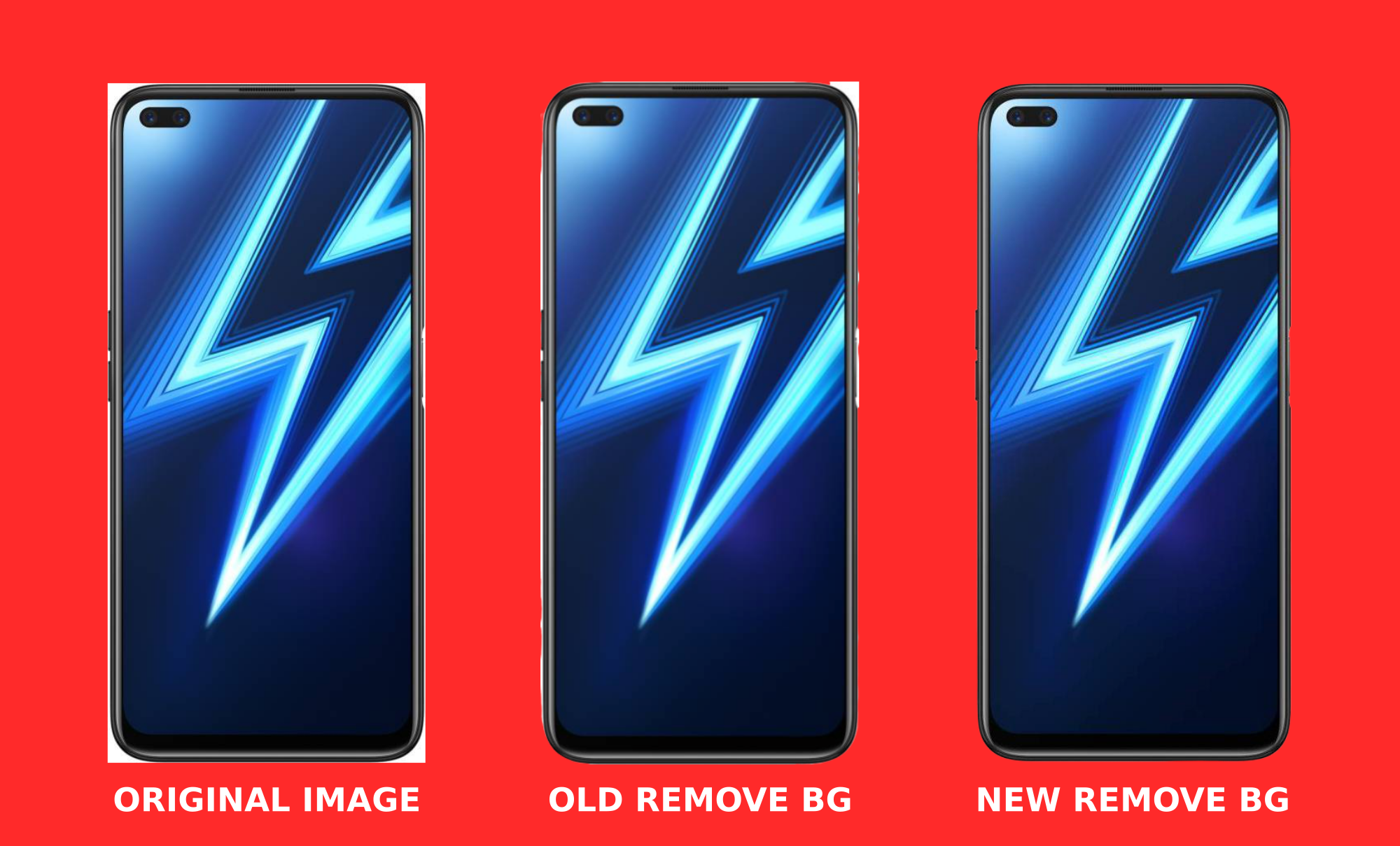
3. Campaign Upgrades
- Support for duplicating creatives has been added.
- Creatives will now be displayed in the same order as in the input sheet in the creatives page
- For video, support for "exclude" filters is added in shot editor meta. Now by default, generated ads will be excluded during asset resolution.
4. Assets Dark Theme & Tokenisation
- Now you can tokenise colors across Assets.
- Dark Theme is here! For easy integration in Studio.
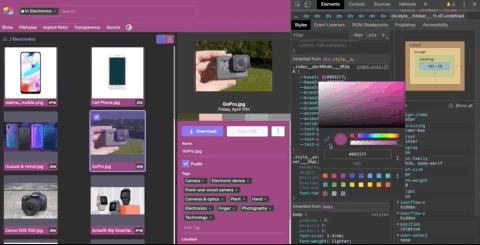
5. Introducing Audio Transformations
- Three new types of audio transformations have been added and new presets have been added to dynamic range compression and normalization/audio volume leveller -
- De-essing - This transformation removes the high frequency sibilance or the harsh 'ess' sounds from the audio. This is useful for making the audio sound smoother and less tiring to listen to. Can be invoked using the 'deess' parameter in the config.
- Loop - This is more of a utility we have added rather than an audio transformation. You have two different options to loop the audio.
One is directly specifying the 'loop' parameter which should be the number of times you want to repeat the audio(should be an integer).
Other is to mention the duration(in milliseconds) for which you want the audio to repeat itself. - Auto-fix - This is probably the most useful transformations for speech audios. Currently, it denoises the audio, levels the volume to broadcast standard and de-esses the audio. This is still a work in progress and eventually it might be able to detect the problems with the audio exactly and then attempt to fix that using machine learning algorithms.
Beyond major updates, every member of our team has been working to make Kubric better, faster and more reliable along each and every step of your workflow.
That's all for May, folks!
We are hiring! Check out our team page, or write to [email protected] if you are kicked about building the next generation of creative tech.
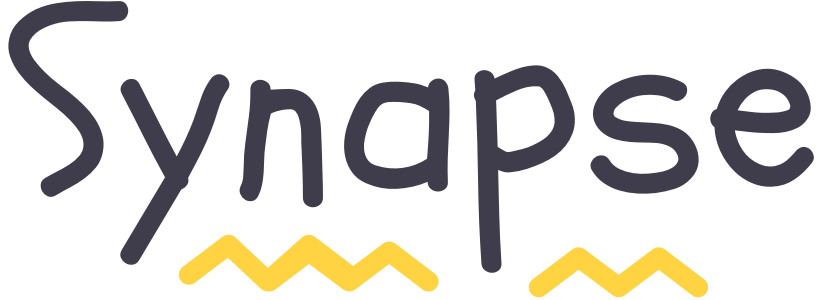
 Go to App
Go to App Subscribe
Subscribe

